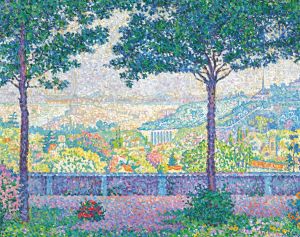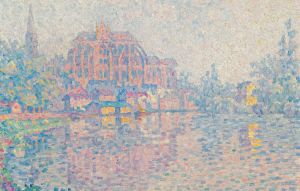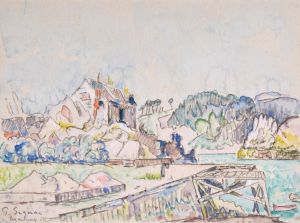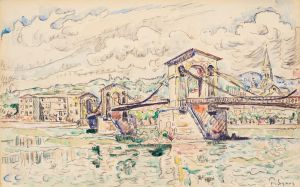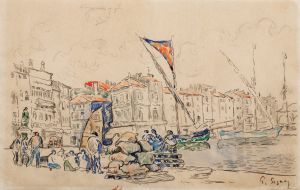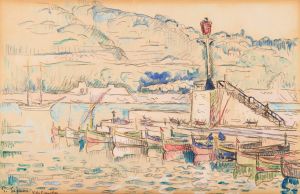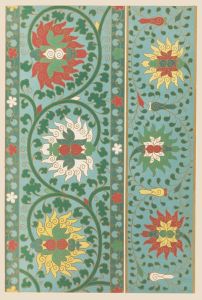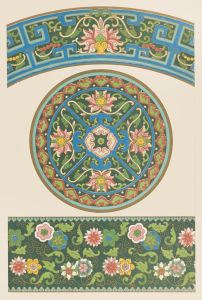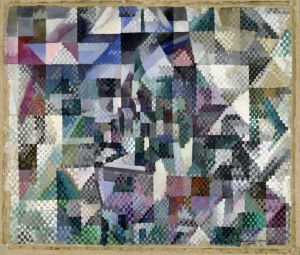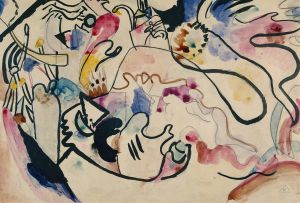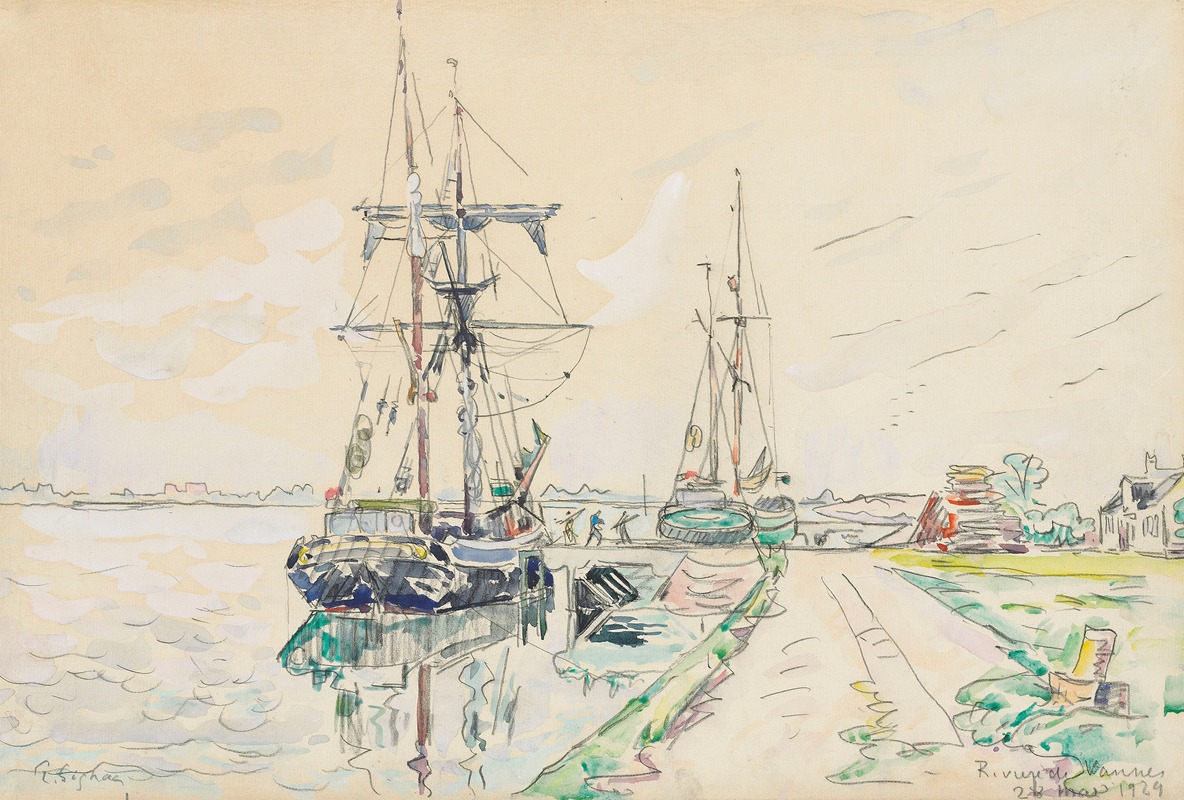
Rivière de Vannes
A hand-painted replica of Paul Signac’s masterpiece Rivière de Vannes, meticulously crafted by professional artists to capture the true essence of the original. Each piece is created with museum-quality canvas and rare mineral pigments, carefully painted by experienced artists with delicate brushstrokes and rich, layered colors to perfectly recreate the texture of the original artwork. Unlike machine-printed reproductions, this hand-painted version brings the painting to life, infused with the artist’s emotions and skill in every stroke. Whether for personal collection or home decoration, it instantly elevates the artistic atmosphere of any space.
Paul Signac's painting Rivière de Vannes is a work by the renowned French Neo-Impressionist artist, celebrated for his contributions to the Pointillist technique. Signac, who was deeply influenced by Georges Seurat, co-developed the Pointillist style, which involves the meticulous application of small, distinct dots of color to create an image. This technique aimed to harness the scientific principles of color and light, producing vibrant and harmonious compositions.
The title Rivière de Vannes translates to "River of Vannes," suggesting that the painting depicts a scene from the town of Vannes, located in the Brittany region of France. Vannes is known for its picturesque landscapes, historic architecture, and proximity to waterways, making it a fitting subject for Signac, who often painted coastal and riverside scenes. His works frequently celebrated the beauty of France's maritime regions, capturing the interplay of light, water, and sky.
While specific details about the creation date or the current location of Rivière de Vannes are not widely documented, it is consistent with Signac's broader body of work, which often focused on French harbors, rivers, and coastal towns. His paintings from the late 19th and early 20th centuries reflect his fascination with the natural world and his commitment to the Neo-Impressionist movement.
Signac's use of color in Rivière de Vannes likely exemplifies his mastery of Pointillism, with carefully placed dots of complementary and contrasting hues creating a luminous and dynamic effect. The painting would have been executed with an emphasis on the scientific theories of color perception, a hallmark of the Neo-Impressionist approach.
As with many of Signac's works, Rivière de Vannes serves as both an artistic and a geographic exploration, offering viewers a glimpse into the serene and idyllic landscapes of France. His ability to transform ordinary scenes into vibrant, almost dreamlike compositions has solidified his reputation as one of the leading figures of Neo-Impressionism.
Further research or access to specific archives may provide additional information about this particular painting, but its association with Signac's broader oeuvre underscores its significance within the context of late 19th-century French art.






